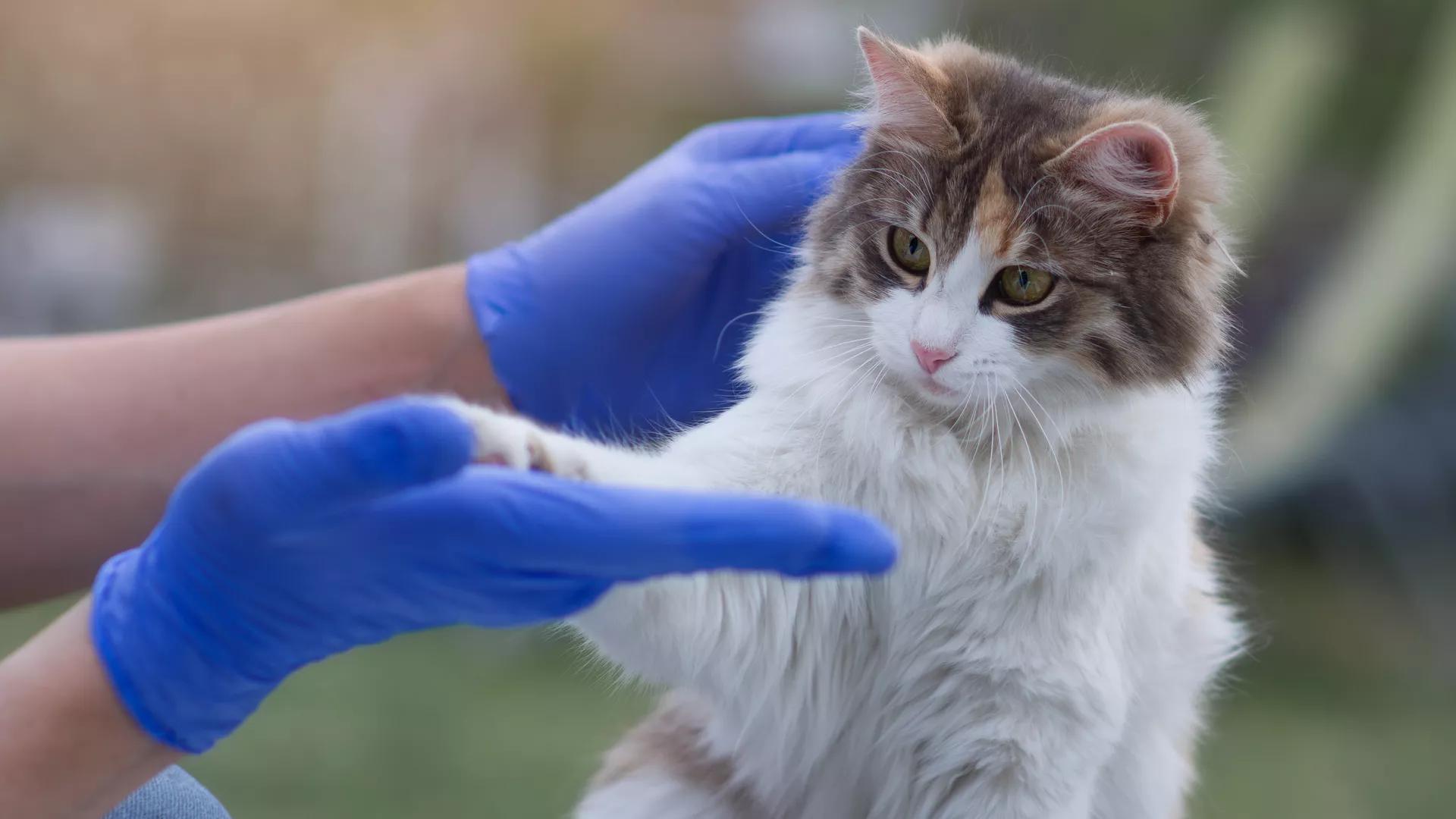The bacterial family Brucellaceae is currently composed of seven genera, including species of the genus Brucella, a number of which are significant veterinary and zoonotic pathogens. The bacteriological identification of pathogenic Brucella spp. may be hindered by their close phenotypic similarity to other members of the Brucellaceae, particularly of the genus Ochrobactrum. Additionally, a number of novel atypical Brucella taxa have recently been identified, which exhibit greater genetic diversity than observed within the previously described species, and which share genomic features with organisms outside of the genus. Furthermore, previous work has indicated that the genus Ochrobactrum is polyphyletic, raising further questions regarding the relationship between the genus Brucella and wider Brucellaceae. We have applied whole genome sequencing (WGS) and pan-family multi-locus sequence analysis (MLSA) approaches to a comprehensive panel of Brucellaceae type strains, in order to characterize relationships within the family. Phylogenies based on WGS core genome alignments were able to resolve phylogenetic relationships of 31 non-Brucella spp. type strains from within the family, alongside type strains of twelve Brucella species. A phylogeny based on concatenated pan-family MLSA data was largely consistent with WGS based analyses. Notably, recently described atypical Brucella isolates were consistently placed in a single clade with existing species, clearly distinct from all members of the genus Ochrobactrum and wider family. Both WGS and MLSA methods closely grouped Brucella spp. with a sub-set of Ochrobactrum species. However, results also confirmed that the genus Ochrobactrum is polyphyletic, with seven species forming a separate grouping. The pan-family MLSA scheme was subsequently applied to a panel of 50 field strains of the family Brucellaceae, isolated from a wide variety of sources. This analysis confirmed the utility of the pan-Brucellaceae MLSA scheme in placing field isolates in relation to recognized type strains. However, a significant number of these isolates did not cluster with currently identified type strains, suggesting the existence of additional taxonomic diversity within some members of the Brucellaceae. The WGS and pan-family MLSA approaches applied here provide valuable tools for resolving the identity and phylogenetic relationships of isolates from an expanding bacterial family containing a number of important pathogens.
Deciphering the evolutionary history of pathogenic bacteria and their near neighbors may help to understand the genetic or ecological bases which led to their pathogenic behavior. The Brucellaceae family comprises zoonotic pathogenic species belonging to the genus Brucella as well as the environmental genus Ochrobactrum for which some species are considered as opportunistic pathogens. Here, we used a phylogenomic approach including a set of 145 Brucellaceae genomes representative of the family diversity and more than 40 genomes of the order Rhizobiales to infer the taxonomic relationships between the family’s species. Our results clarified some unresolved phylogenetic ambiguities, conducting to the exclusion of Mycoplana spp. out of the family Brucellaceae and the positioning of all Brucella spp. as a single genomic species within the current Ochrobactrum species diversity. Additional analyses also revealed that Ochrobactrum spp. separate into two clades, one comprising mostly environmental species while the other one includes the species considered as pathogens (Brucella spp.) or opportunistic pathogens (mainly O. anthropi, O. intermedium, and O. pseudintermedium). Finally, we show that O. intermedium is undergoing a beginning of genome reduction suggestive of an ongoing ecological niche specialization, and that some lineages of O. intermedium and O. anthropi may shift toward an adaption to the human host.
We describe the genetic diversity of 1327 Brucella strains from human patients in Kazakhstan using multiple-locus variable-number tandem repeat (VNTR) analysis (MLVA). All strains were assigned to the Brucella melitensis East Mediterranean group and clustered into 16 MLVA11 genotypes, nine of which are reported for the first time. MLVA11 genotype 116 predominates (86.8%) and is present all over Kazakhstan indicating existence and temporary preservation of a “founder effect” among B. melitensis strains circulating in Central Eurasia. The diversity pattern observed in humans is highly similar to the pattern previously reported in animals. The diversity observed by MLVA suggested that the epidemiological status of brucellosis in Kazakhstan is the result of the introduction of a few lineages, which have subsequently diversified at the most unstable tandem repeat loci. This investigation will allow to select the most relevant strains for testing these hypotheses via whole genome sequencing and to subsequently adjust the genotyping scheme to the Kazakhstan epidemiological situation.
Several Brucella isolates have been described in wild-caught and “exotic” amphibians from various continents and identified as B. inopinata-like strains. On the basis of epidemiological investigations conducted in June 2017 in France in a farm producing domestic frogs (Pelophylax ridibundus) for human consumption of frog's legs, potentially pathogenic bacteria were isolated from adults showing lesions (joint and subcutaneous abscesses). The bacteria were initially misidentified as Ochrobactrum anthropi using a commercial identification system, prior to being identified as Brucella spp. by MALDI-TOF assay. Classical phenotypic identification confirmed the Brucella genus, but did not make it possible to conclude unequivocally on species determination. Conventional and innovative bacteriological and molecular methods concluded that the investigated strain was very close to B. microti species, and not B. inopinata-like strains, as expected. The methods included growth kinetic, antimicrobial susceptibility testing, RT-PCR, Bruce-Ladder, Suis-Ladder, RFLP-PCR, AMOS-ERY, MLVA-16, the ectoine system, 16S rRNA and recA sequence analyses, the LPS pattern, in silico MLST-21, comparative whole-genome analyses (including average nucleotide identity ANI and whole-genome SNP analysis) and HRM-PCR assays. Minor polyphasic discrepancies, especially phage lysis and A-dominant agglutination patterns, as well as, small molecular divergences suggest the investigated strain should be considered a B. microti-like strain, raising concerns about its environmental persistence and unknown animal pathogenic and zoonotic potential as for other B. microti strains described to date.
Brucellosis is a common livestock disease in the Middle East and North Africa, but remains poorly described in the region both genetically and epidemiologically. Traditionally found in goats and sheep, Brucella melitensis is increasingly recognized as infecting camels. Most studies of brucellosis in camels to date have focused on serological surveys, providing only limited understanding of the molecular epidemiology of circulating strains. We genotyped B. melitensis isolates from Omani camels using whole genome SNP assays and VNTRs to provide context for regional brucellosis cases. We identified a lineage of B. melitensis circulating in camels as well as in goats, sheep, and cattle in Oman. This lineage is genetically distinct from most genotypes from the Arabian Peninsula and from isolates from much of the rest of the Middle East. We then developed diagnostic assays that rapidly identify strains from this lineage. In analyses of genotypes from throughout the region, Omani isolates were genetically most closely related to strains from brucellosis cases in humans and livestock in North Africa. Our findings suggest an African origin for B. melitensis in Oman that has likely occurred through the trade of infected livestock. Moreover, African lineages of B. melitensis appear to be undersampled and consequently are underrepresented in genetic databases for Brucella. As we begin to more fully understand global genomic diversity of B. melitensis, finding and characterizing these unique but widespread lineages is essential. We predict that increased sampling of humans and livestock in Africa will reveal little known diversity in this important zoonotic pathogen.















